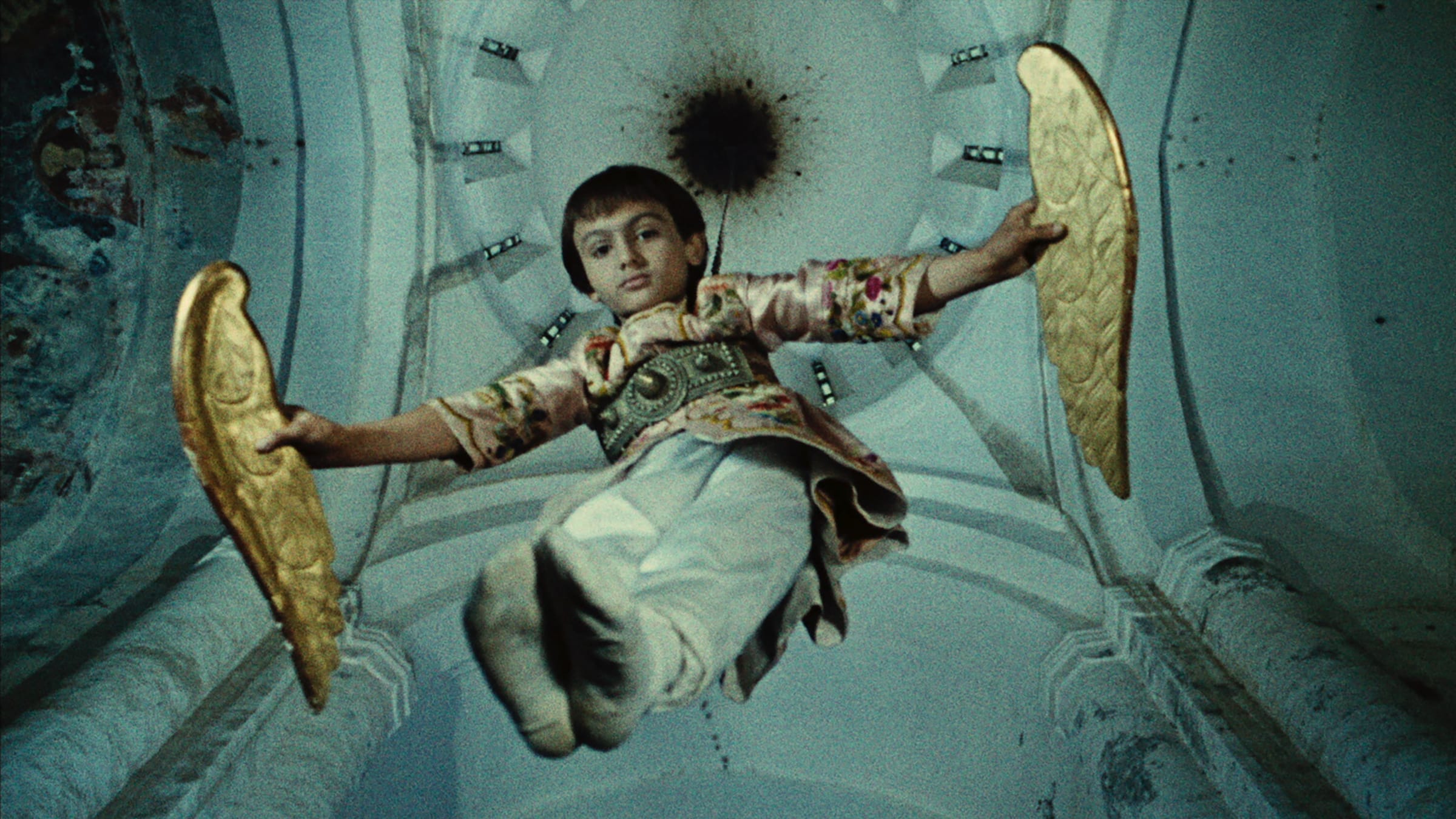
Celebrating the 100th anniversary of one of the world cinema giants- Sergei Parajanov
The hundredth anniversary of Sergei Parajanov – born Sarkis Hovsepi Parajaniants, a prominent cultural icon of the South Caucasus region, is celebrated today. Parajanov was born to artistically gifted Armenian parents on January 9th, 1924, in Tbilisi, Georgia. He had a remarkable career working for Dovzhenko Film Studio, Armenfil’m, and Georgia Film Studio, where he adeptly navigated the intricacies of the Soviet film industry. While his earlier works adhered to the prescribed norms of socialist realism, his later films deviated radically from established cultural conventions.
Parajanov is widely regarded by film critics, historians, and filmmakers as one of the greatest and most influential filmmakers in cinema history. His films won numerous awards at prestigious film festivals such as the Mar del Plata Film Festival, Istanbul International Film Festival, Nika Awards, Rotterdam International Film Festival, Sitges – Catalan International Film Festival, São Paulo International Film Festival, and others.
The film “The Color of Pomegranates,” directed by Parajanov, is a renowned work of avant-garde cinema that has fascinated audiences across generations. The movie depicts the life of Sayat-Nova, an Armenian troubadour from the 18th century, through an unconventional narrative that blends visual symbolism and aural richness. This approach creates an immersive experience that effectively transports viewers into the world of Armenian culture and spirituality.
The film’s unique storytelling techniques, which depart from traditional narrative and dialogue, allow for a deeper exploration of the themes and motifs present in the film. By relying on visual symbolism and aural opulence, the film achieves a level of artistic expression that is rare in cinema. In this way, “The Color of Pomegranates” not only tells the story of Sayat-Nova but also explores the complex cultural and spiritual landscape of Armenia.
Parajanov’s artistic vision was rooted in a rich tapestry of folklore, literature, art, and cinema that transcended spatial and temporal limitations, as well as national and imperial boundaries. His cinematic style was characterized by a bold and unconventional approach that defied the conventional sense of temporal progression and offered alternative sources of dynamism. Through the paradoxical coexistence of stillness and motion, Parajanov’s tableaux invited the viewer to explore the vibrancy of each frame, cherish the movement within each shot, and witness the transformation of inanimate objects into living entities, courtesy of his masterful editing and sound techniques.
His distinctive approach to cinematography, which inverted the perspective and presented multiple spatial and temporal points of view, challenged the conventional boundaries between passive and active spectatorship, immobile subjects, and moving objects and underscored the fluidity of constructs such as ethnicity, gender, and agency. Parajanov’s oeuvre was a testament to his creative genius, which transcended cultural and geographical barriers and continues to inspire and captivate audiences worldwide.
The Sergei Parajanov Museum was established by the government of the Republic of Armenia in 1988 and consisted of two buildings in the capital city, Yerevan, at the Dzoragiugh Ethnographic Center. The first building was for the museum, and the second was for Paradjanov’s home. The museum’s construction was delayed due to the catastrophic earthquake in 1988, and it only opened in 1991. Regrettably, Maestro Parajanov never got to live in his new home museum.
Paradjanov’s contribution to the art of cinema is primarily his original poetic film language, highly valued by his contemporaries. His aesthetic system also includes plastic art based on traditions of Armenian, Eastern, and European art. Paradjanov’s artworks – assemblages, flat and three-dimensional collages, drawings, dolls, and film sketches – were primarily created during his five-year imprisonment and fifteen-year unemployment and are his distinctive reaction to life and events around him, his plastic perception of the world. Paradjanov’s work has no direct analogies in the art world and amazes with its fantasy, wit, and artistry. The use of various materials and objects imparts to it a unique charm and brilliance.
Parajanov Museum artworks have been exhibited worldwide, in the US, Europe, and Asia. The first joint Parajanov & Vartanov retrospective and exhibition took place at the prestigious Busan International Film Festival in South Korea.











